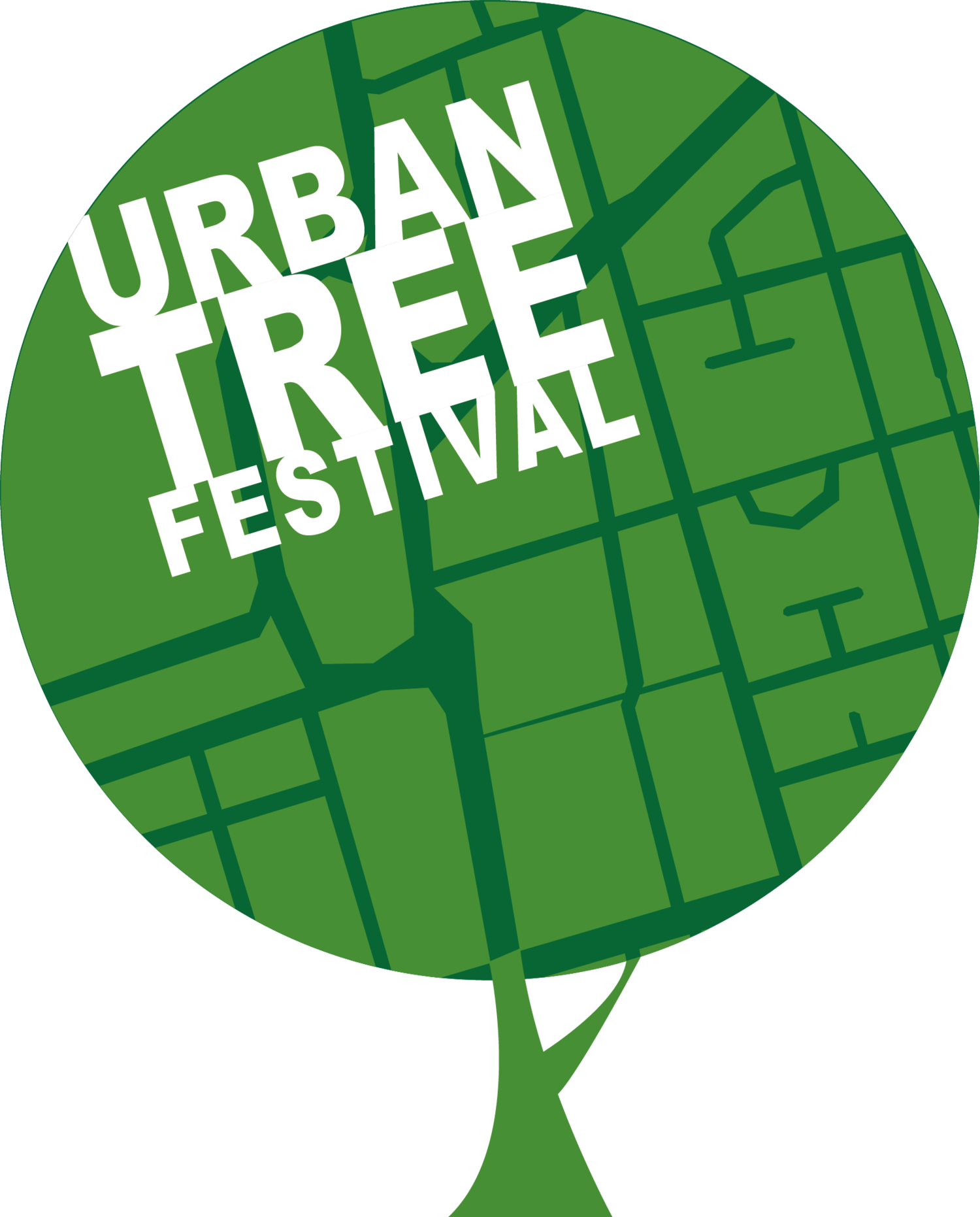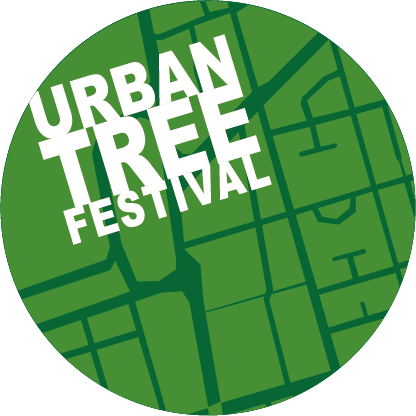How Trees Communicate
The blog is by Hayley Kinsey, find her own blog at www.hayulls.com, and follow her on twitter @hayulls
Let me tell you something that will blow your mind: trees are incredibly social. They communicate with each other, they share with each other, and they support each other.
I promise I’m not losing it. It would be anthropomorphising to say that trees talk to each other, but that doesn’t mean they’re not connected.
Trees can release chemicals that warn other trees of threats like leaf-eating insects, and – better than that – they’ve got a secret underground network that scientists have dubbed the ‘wood wide web’.
WHAT IS THE WOOD WIDE WEB?
Contrary to the popular adage that a tree’s roots spread no further than its crown, they can be wide-ranging – often covering an area twice as large as the crown. Usually, tree roots intertangle, and this allows trees to communicate.
This inter-connectedness has its limits. Trees that are further apart wouldn’t be able to communicate, and trees would have to rely on others to pass on messages. I think of the root communication as a bit like when you’d talk to your neighbour as a kid using cups on a piece of string – fun, but not scalable.
Enter the fibre optic broadband of the natural world: fungi.
These fungi have thin filaments that can cover large areas of ground and link up trees whose roots don’t touch.
WHAT DOES THE WOOD WIDE WEB DO?
The filaments of fungi transmit signals that allow trees to tell each other about dangers like pests and drought.
The fungi also help the trees to transfer resources like sugar and water – Peter Wohlleben refers to the fungi as gigantic redistribution networks. You could almost say that trees work as a team – scientists have found that beech trees in undisturbed forests will photosynthesise at the same rate, regardless of differences in resource between different locations. The wood wide web allows them to equalise respiration and growth.
WHY WOULD TREES SHARE INFORMATION AND RESOURCES?
Isn’t it every tree for itself?
The thing is, trees need each other. Trees that grow around other trees are generally healthier and live longer, because it takes more than one tree to create a microclimate that trees thrive in.
When some trees within a group die, it exposes the others to threats like storms. The sun can reach more of the forest floor, drying out the ground and disrupting their microclimate.
Trees are stronger in numbers. When trees communicate and share resources, each tree benefits from being warned about predators like insects, about threats like droughts, and from receiving nutrients when it’s struggling. Without other healthy, connected trees around, an individual tree is left to fend for itself, and is more likely to succumb to attack or thirst.
Some reasons for communication are even more complex than warning of dangers and sharing resources. Think of the mast years that oak and beech trees have – where all of the oaks or beeches in the wood reproduce and drop their acorns or nuts at the same time.
They do this to increase the chances of survival of the saplings; if they dropped those tasty morsels every year, the seeds and saplings would be gobbled up by hungry herbivores able to settle in the area because of the reliable source of food. If the trees make the appearance of these food sources less reliable for the herbivores – unpredictable, even – then it’s unlikely that enough herbivores will happen to be in the area during the reproductive season to decimate all of the trees’ efforts, so some survive.
How do the trees know when to drop their acorns and nuts, though? If you’ve ever tried to organise a small group of adults meeting up for dinner you’re probably baffled by this organisation between hundreds of trees.
Their secret is that they use the wood wide web. Isn’t that incredible?
RESOURCES
The Hidden Life of Trees by Peter Wohlleben is a great introduction to the wonder of the wood wide web.
The Wood Wide Web was discovered by Suzanne Simard in 1997 and her research has continued to build on the topic. Her latest book, ‘Finding The Mother Tree: Uncovering The Wisdom and Intelligence of the Forest"‘ will be released in May 2021. The science of trees being connected and supporting each other represents a world view that has been known for thousands of years by the Aboriginal people of North America.


